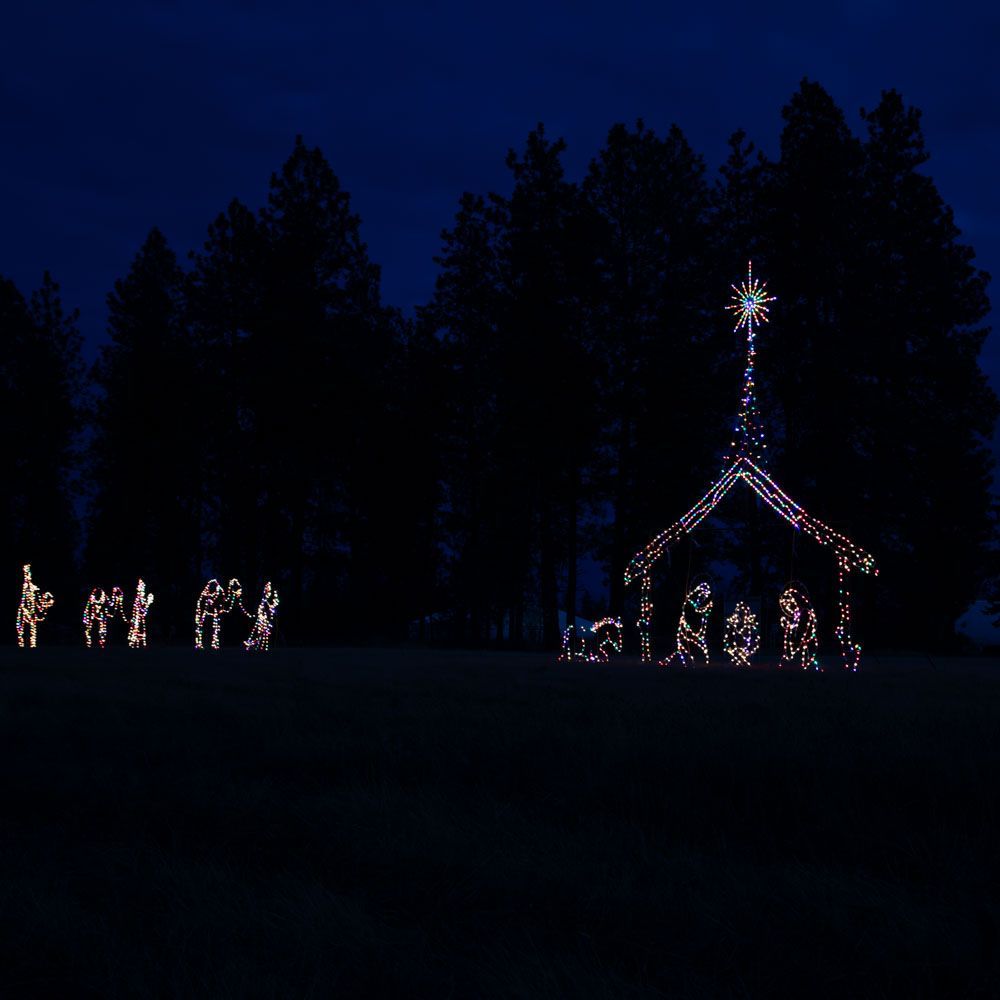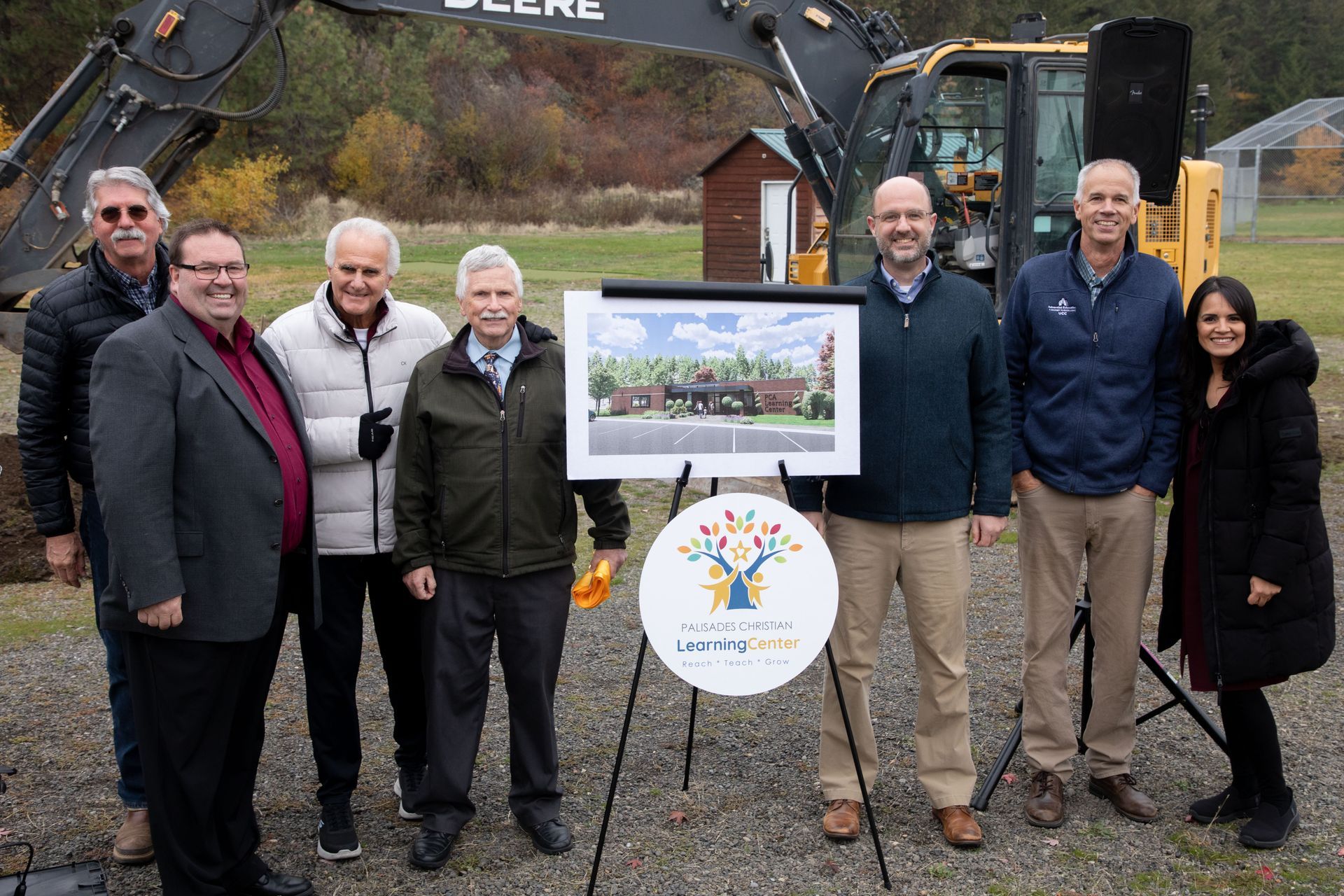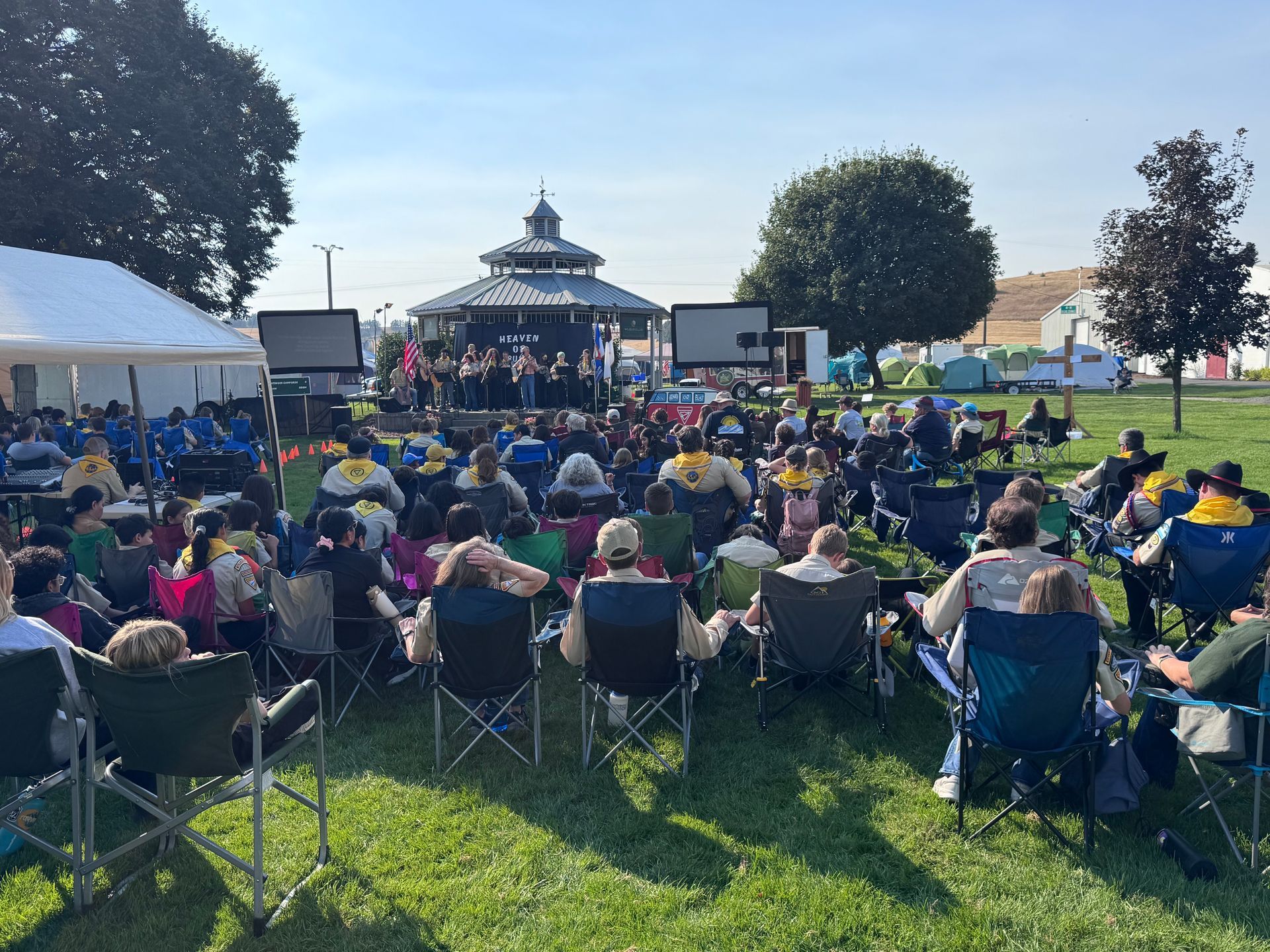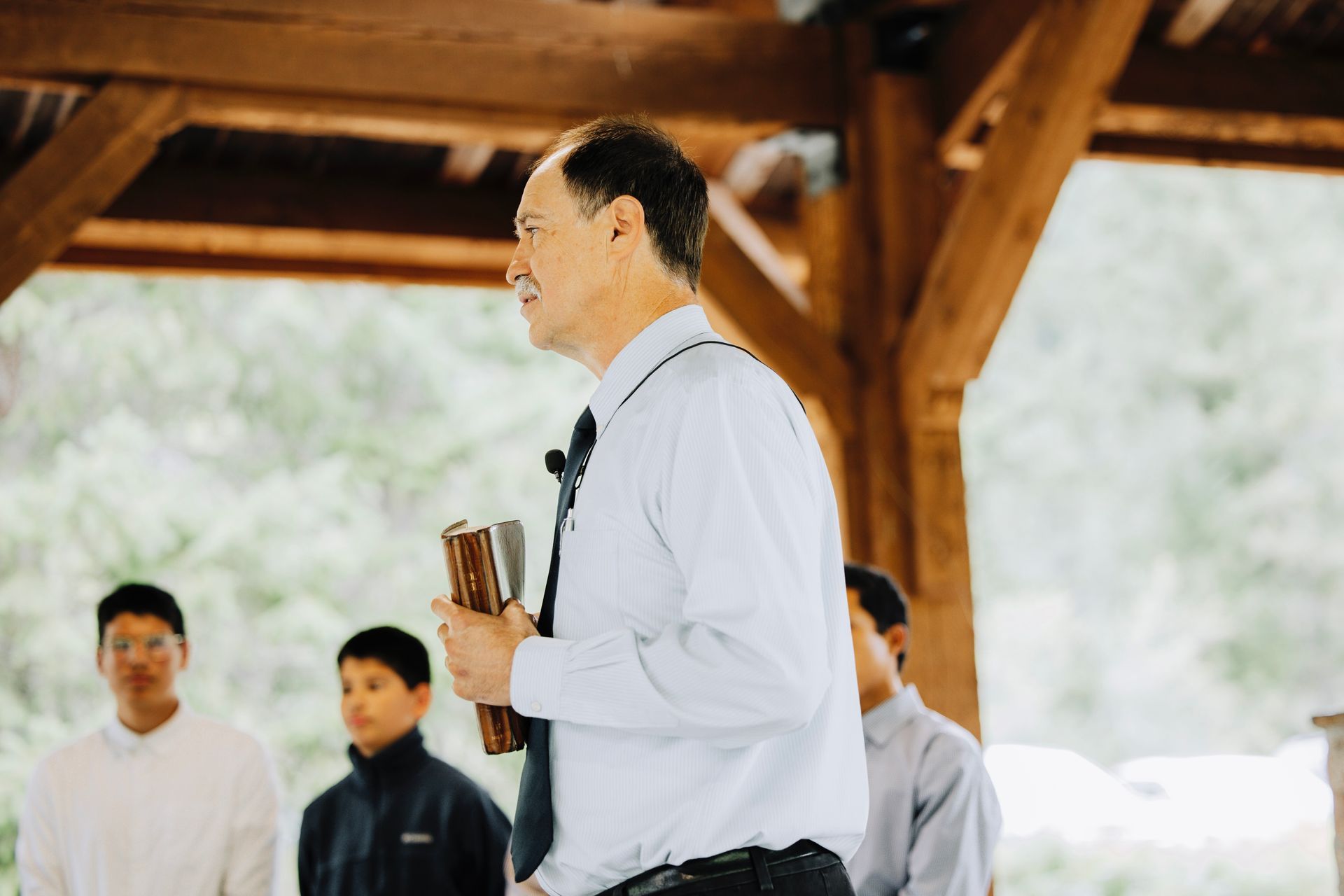Fresh Air Promotes Health
August 4, 2020
The lungs and heart need a constant supply of fresh air for optimum function.
The H1N1 “Spanish flu” outbreak of 1918 – 1919 killed somewhere between 50 million and 100 million people. This influenza pandemic is notorious because of the high infectivity of the virus and subsequently the number of lives it claimed. Conventional thought is that there was little that could have been done to slow the spread of the virus or to treat its victims. There is evidence to the contrary.
During the pandemic, emergency hospitals were started in schools, halls, and large private houses. Open-air hospitals were thrown-up all over the country. The Massachusetts State Guard built the Camp Brooks Open Air Hospital in Brookline, near Boston. This hospital had 12 tents for patients, one tent for a head nurse and portable buildings for the medical staff and nurses. The treatment at Camp Brooks Hospital took place outside. Staff were told to give the patients a maximum of sunshine and fresh air day and night. Patients were taken out of their tents and put in the sunshine when the weather was good. Hot water bottles and extra blankets kept them warm in bed. They were fed healthy food at regular intervals. A very few medications were given to relieve symptoms. According to one estimate, this regimen reduced the fatality of hospital cases from 40% to about 13%.
Fresh air is essential in maintaining healthy brain function, growth, and healing. The lungs and heart need a constant supply of fresh air for optimum function. Fresh air prevents the transmission of viruses and bacteria. And, it promotes a healthy immune system. There are a lot of reasons to get outside and get some fresh air and to open up our homes to let the fresh air in!












